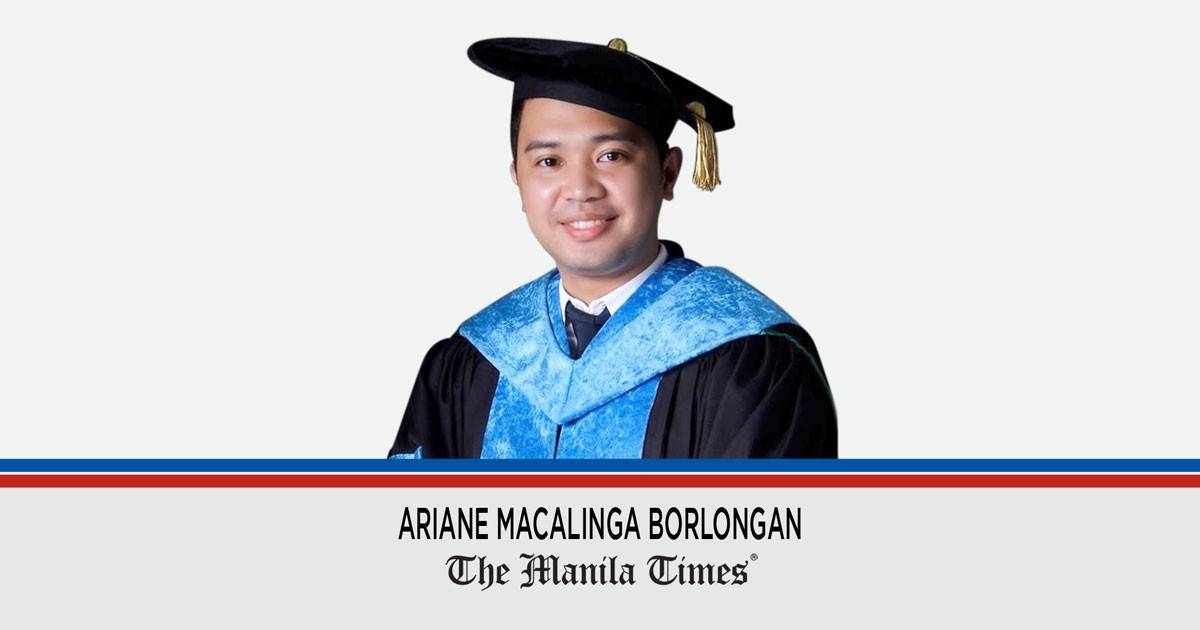
THE AUSTRONESIAN FAMILY OF LANGUAGES
THE roughly 180 languages spoken in the Philippines belong to the Austronesian family of languages. This large family of languages is spoken in Southeast Asia, Taiwan and the Pacific, as well as in Madagascar and Oceania. Although it is only spoken by about 5 percent of the world's population, or 380 million people (in comparison to the Indo-European language family, where English belongs to and which has about 3.2 billion speakers), the Austronesian language family has the second-largest number of languages among language families — an estimated 1,200 belong to it. Quite a number of its languages are spoken by very few people — Isarog Agta in Camarines Sur only had five remaining speakers in 2000! — but it also includes major languages such as Tagalog, Malay and Javanese.
It is one of the world's primary family of languages. Historical linguistics suggests that the beginnings of Austronesian languages are found in what is now Taiwan, and there were several migrations from the island, most especially when land bridges were still common.
One of the most interesting features of Austronesian languages is reduplication, where sequences of vowels, consonants or syllables are repeated to change the grammatical function of a word or even create a new word. For example, "maganda" can undergo reduplication, as in "magaganda" in attribution to a plural entity. Compare "maganda siya" versus "magaganda sila."
Several institutions in the country have strong research programs on Austronesian languages, particularly Philippine languages, as to be expected. De La Salle University (DLSU), for more than a decade now, has been producing reference grammars and taking pioneering approaches in the study of Philippine languages. As I mentioned in an earlier column, Dr. Shirley Dita, chairman of the Department of English and Applied Linguistics at DSLU, has supervised many dissertations along this line of inquiry. The University of the Philippines, Diliman, has also been a longstanding bastion of studies on Philippine languages. In its effort to produce more Bibles in the local languages, the Summer Institute of Linguistics has also been involved in documenting Philippine languages, particularly endangered ones.
The study of Austronesian languages is very important not only for those regions where these languages are spoken but also because they contribute to general linguistic theorizing in defining the so-called universal grammar. It is fortunate that the Philippines will host the 16th International Conference on Austronesian Linguistics (16-ICAL) at DLSU from June 20 to 24, 2024. The keynote speaker is the very distinguished Dr. R. David Zorc of the Language Research Center and Dunwoody Publishing and Press, who will lecture on the Bashiic languages as a macro group of Philippine languages. The plenary speaker is Dr. Bethwyn Evans of the Australian National University, and the early career plenary speaker is Dr. Jed Sam Pizarro-Guevara of the University of Massachusetts, Amherst. There is also a plenary panel and several workshops during the conference.
16-ICAL is organized by the Department of English and Applied Linguistics of La Salle, the Department of Linguistics of UP Diliman, and the Linguistic Society of the Philippines, with Dr. Dita as conference chairman. For more information, visit https://www.lsphil.net/16ical.
I will resume my series of columns on migration linguistics next week.
Ariane Macalinga Borlongan is one of the leading scholars on English in the Philippines and is also doing pioneering work on language in the context of migration. He is the youngest to earn a doctorate in linguistics — at age 23 — from De La Salle University. He has had several teaching and research positions in Germany, Japan, Malaysia, the Philippines, Poland and Singapore. He serves as a consultant to the Oxford English Dictionary. He is presently an associate professor of sociolinguistics at the Tokyo University of Foreign Studies in Japan.
2024-06-15T16:14:31Z dg43tfdfdgfd